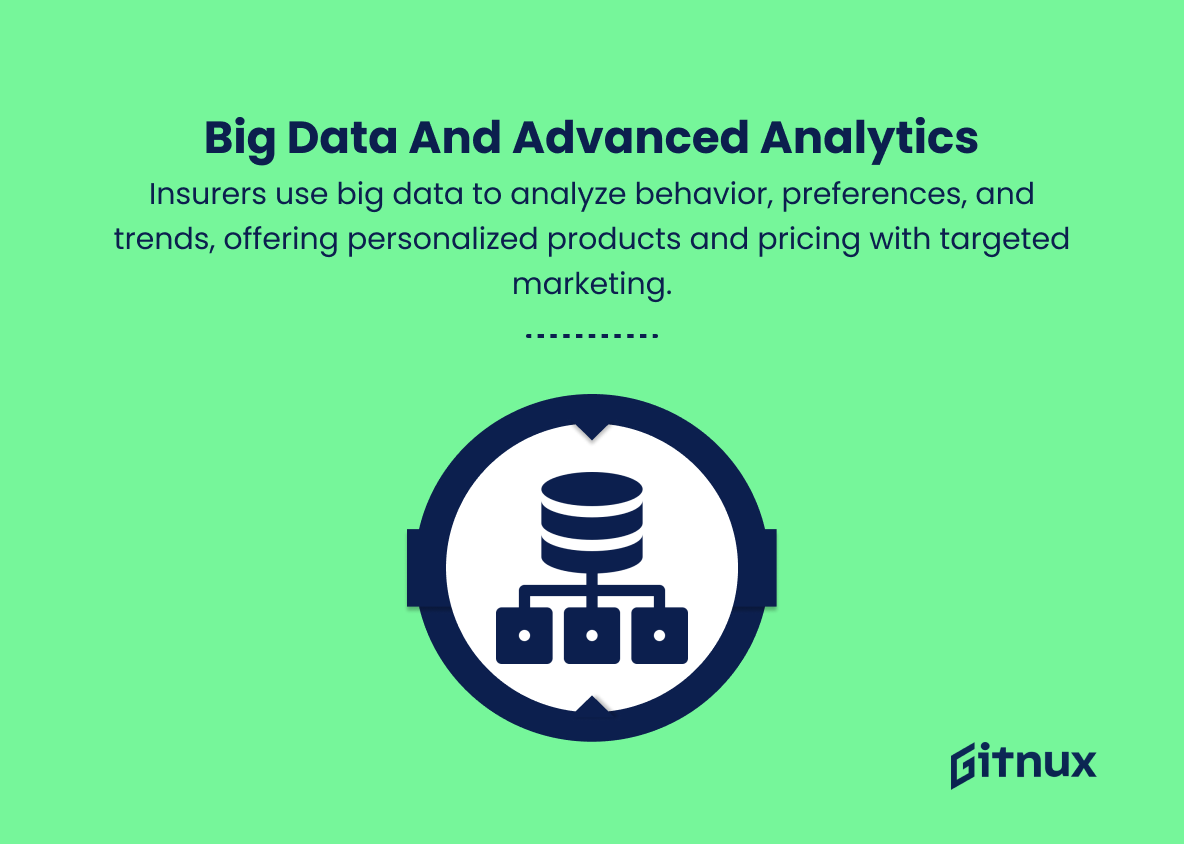As technology continues to permeate every aspect of our lives, it’s no surprise that the insurance industry must also adapt and innovate to stay relevant in an ever-evolving landscape. Insurtech, which refers to the dynamic intersections of technology and insurance, is rapidly transforming the ways in which insurance policies are sold, managed, and customized to meet the unique needs of consumers. In this blog post, we will explore the latest trends and breakthroughs in insurtech, analyzing the current shifts in the industry and forecasting what the future may hold.
From the rise of artificial intelligence and machine learning to the growing reliance on data-driven insights, the world of insurances is poised for an unparalleled digital revolution. Join us as we delve into these exciting advancements shaping the insurtech landscape and examine their potential to redefine the insurance experience for individuals and businesses alike.
Top Insurtech Trends
1. Artificial Intelligence (AI) and Machine Learning
These technologies are enabling better risk assessment, underwriting, fraud detection, and improved customer service through chatbots and virtual assistants.
2. Big Data and Advanced Analytics
Insurers are leveraging big data to analyze customer behavior, preferences, and market trends, allowing them to offer personalized products, optimized pricing, and targeted marketing.
3. Internet of Things (IoT)
Connected devices, such as wearable technology and smart home appliances, provide data that can be used to create usage-based and personalized insurance policies.
4. Blockchain Technology
Distributed ledger technology has the potential to reduce fraud, streamline claims processing, and enable smart contracts for automated insurance payouts, ultimately reducing operational costs.
5. On-Demand Insurance
Digital platforms offer customers the flexibility to customize coverage, allowing them to switch policies on and off or adjust coverage as needed, meeting the needs of modern, on-the-go consumers.
6. Telematics
Usage-based insurance (UBI) plans, powered by telematics devices in vehicles, allow insurers to track driving habits to offer personalized premiums based on actual driving behavior.
7. Peer-to-Peer (P2P) Insurance
P2P insurance platforms allow customers to pool their premium contributions together and share risks, potentially leading to lower premiums and a faster claims process.
8. Digital Distribution Channels
Insurers are adopting e-commerce platforms and mobile applications to reach wider customer segments and simplify the purchasing process for insurance products.
9. Customer Engagement and Gamification
Insurtech companies are using gamification techniques such as rewards, competitions, and social sharing to increase customer engagement and improve risk awareness.
10. Cyber Insurance
With increasing cyber threats and data breaches, the demand for cyber insurance policies is on the rise, offering protection against financial losses due to cyber incidents.
11. Parametric Insurance
Parametric insurance relies on pre-set triggers related to measurable environmental data (e.g., rainfall, wind speed) to automatically pay out claims, making the process faster and more efficient.
12. Insurtech Ecosystems and Collaboration
Traditional insurers are increasingly partnering with insurtech startups to develop new business models and innovative products, reacting to the rapidly changing market landscape.
13. Regulatory Technology (RegTech)
RegTech solutions help insurers and insurtech companies comply with evolving regulatory requirements, enabling them to automate reporting, risk management, and auditing processes.
14. Microinsurance
Insurance products designed for low-income consumers, focusing on affordability and accessibility, helping to bring insurance coverage to underserved segments of the population.
15. Remote Claims Assessment
Technology like drones and mobile apps are being used for remote assessment and investigation of claims, which can speed up and improve the efficiency of the claims process.
These trends indicate a significant shift in how the insurance industry operates, driven by consumer demands and technological advancements, resulting in greater efficiency, personalization, and convenience for consumers.
Implications
The insurance industry is undergoing a significant transformation as it embraces various emerging technologies and adapts to the evolving needs of consumers. Insurtech trends such as AI, machine learning, big data, and IoT are enabling more accurate risk assessment, personalized products, and improved customer service. Blockchain technology and P2P insurance platforms have the potential to reduce fraud, streamline claims processing, and enhance overall efficiency.
The rise of on-demand insurance, telematics, and digital distribution channels cater to the preferences of modern consumers, allowing for greater flexibility and customization. With increasing cyber threats and the need for more efficient claims processes, there has been increased demand for cyber insurance and innovative solutions like parametric insurance. Collaboration between traditional insurers and insurtech startups, along with the adoption of RegTech, has fostered a more dynamic, innovative, and compliant industry.
Furthermore, trends like microinsurance and remote claims assessment help bring accessibility and efficiency to underserved markets and claims processing, respectively. Ultimately, these insurtech trends signify a paradigm shift for the insurance industry, enabling a more efficient, personalized, and consumer-centric approach to insurance products and services.
Conclusion
In conclusion, the insurtech industry is experiencing significant growth and transformation, driven by cutting-edge technology and innovative business models. As customers demand more efficient, personalized, and transparent services, insurtech trends such as AI integration, IoT, blockchain, and on-demand insurance are shaping the future of insurance. These trends are not only disrupting the traditional industry players but also offering new opportunities and risk management solutions for customers and businesses alike.
It is essential for insurers and insurtech startups to stay updated on these trends, embrace the changes, and adapt to the evolving landscape in order to maintain a competitive edge in the market. As we move forward, the combination of technology and innovation will continue to revolutionize the way we approach risk management, driving the insurtech industry to new heights.















